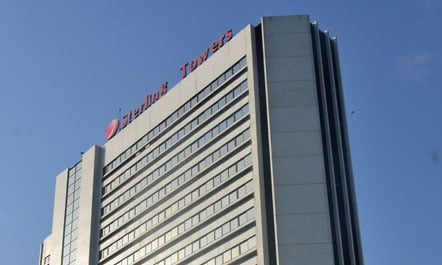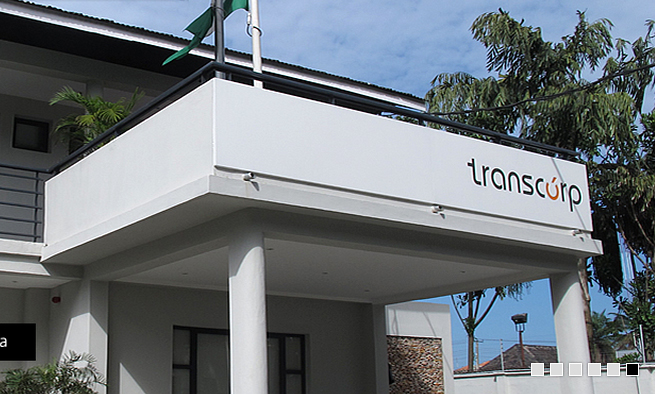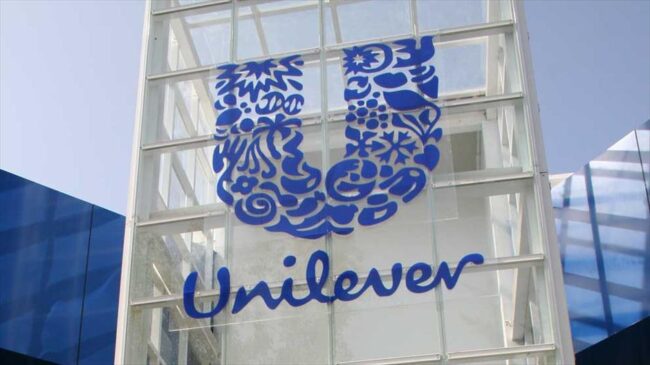Sterling Bank is maintaining a recovery course for the second year in 2018, having begun an upturn last year after a 50% fall in profit in 2016. The improvement last year came from a step up in revenue growth and a sharp slowdown in loan impairment charges. In the current year, revenue growth is strengthening further, loan loss expenses are dropping but rapidly growing interest expenses remains a problem.
Rising cost of funds was equally the main challenge for the bank in 2017, which grew more than three and half times as fast as interest income at the end of the year. Interest expenses therefore consumed more than all the increase in interest income, causing a drop of 10% in net interest income at the end of the year.
The bank is again experiencing the same pattern this year as per its first quarter operations ended March. Interest cost claimed 61% of interest income at the end of the first quarter, rising from less than 47% in the same period last year. The respite that enabled profit improvement in the first quarter came from a 50% cut down in credit impairment expenses and a strong growth in non-interest income.
The bank closed the first quarter operations with gross earnings of N39.77 billion, an increase of 39% year-on-year. Non-interest income is driving the growth in revenue with a shift from a net trading loss of N911 million in the same period last year to a net trading income of N3.67 billion this year. An increase of over 25% in interest income in the first quarter is equally significant compared to the improvement of 11% in the 2017 full year.
Advertisement
Interest expenses however grew far above interest income at over 64% year-on-year to N19.41 billion at the end of the first quarter. In effect, interest expenses claimed all the increase recorded in interest income during the period and therefore caused a decline of over 8% in net interest income.
Two favourable developments enabled the bank to remedy the impact of interest expenses on revenue. The first is that non-interest income jumped by 146% year-on-year to N7.96 billion at the end of the first quarter. This enabled the bank to counter the decline in net interest income and raise operating profit by more than 21% to N20.35 billion over the review period.
The second favourable development is that loan loss expenses dropped by 50% year-on-year to N1.25 billion at the end of the first quarter. This is a sustaining improvement from a sharp growth of about 44% in 2016 to a slowdown of 4.7% in 2017.
Advertisement
The effect of the drop in loan loss expenses on the income statement is that the charges claimed a reduced share of both interest income and gross earnings at the end of the first quarter. The bank’s loans and advances to customers stood at close to N610 billion at the end of the first quarter.
Unlike in the preceding year, management could not prevent operating expenses from rising as at the end of the first quarter. At 15.92 billion, total operating cost grew by 30.5% year-on-year at the end of the first quarter – the highest growth record seen since 2013.
A rise of 34% in net operating income after credit loss expenses to over N19 billion is the milestone the bank attained on its recovery journey during the review period. That permitted a leap of 65% in after tax profit to N3.1 billion at the end of the first quarter. Net profit margin improved from 6.5% to 7.8% over the review period. It closed 2017 trading with an after tax profit of N8.52 billion.
The bank earned 11 kobo per share at the end of the first quarter, up from 7 kobo in the same period last year. It earned 30 kobo per share at the end of last year and paid a cash dividend of 2 kobo per share last May.
Advertisement
Add a comment






